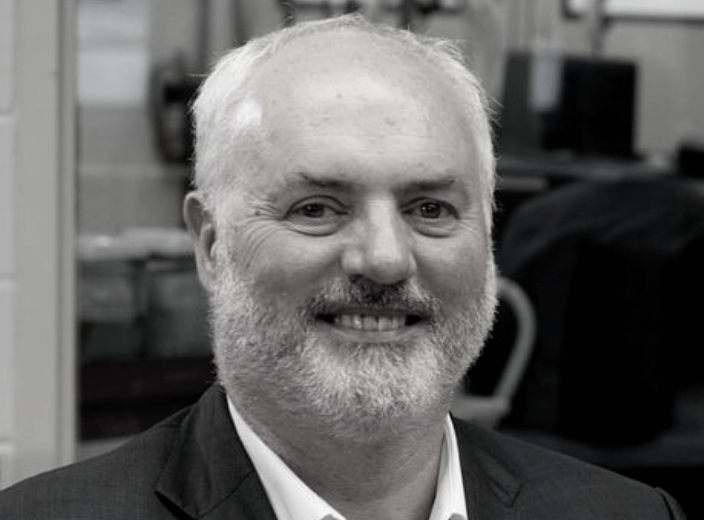-
Courses

Courses
Choosing a course is one of the most important decisions you'll ever make! View our courses and see what our students and lecturers have to say about the courses you are interested in at the links below.
-
University Life

University Life
Each year more than 4,000 choose University of Galway as their University of choice. Find out what life at University of Galway is all about here.
-
About University of Galway

About University of Galway
Since 1845, University of Galway has been sharing the highest quality teaching and research with Ireland and the world. Find out what makes our University so special – from our distinguished history to the latest news and campus developments.
-
Colleges & Schools

Colleges & Schools
University of Galway has earned international recognition as a research-led university with a commitment to top quality teaching across a range of key areas of expertise.
-
Research & Innovation

Research & Innovation
University of Galway’s vibrant research community take on some of the most pressing challenges of our times.
-
Business & Industry

Guiding Breakthrough Research at University of Galway
We explore and facilitate commercial opportunities for the research community at University of Galway, as well as facilitating industry partnership.
-
Alumni & Friends

Alumni & Friends
There are 128,000 University of Galway alumni worldwide. Stay connected to your alumni community! Join our social networks and update your details online.
-
Community Engagement

Community Engagement
At University of Galway, we believe that the best learning takes place when you apply what you learn in a real world context. That's why many of our courses include work placements or community projects.
Osteoarthritis

Disorders of the musculoskeletal system occur with great frequency and are a major – and mostly unaddressed – cause of disability worldwide. Arthritis is a condition that leads to tenderness and swelling in one or more joints and is often accompanied by severe chronic pain. Osteoarthritis (OA) is the most common form of the disease, often occurring later in life. OA has an exceptionally high global burden which is increasing with aging populations, a rise in obesity and lifestyle changes. The direct economic cost associated with OA is immense in terms of healthcare and surgery costs. In addition, the impact on patients and their families is very high because of disability and loss of income. Despite this prevalence, there is no pharmacological intervention, treatment or procedure that is capable of reversing or delaying the onset of OA – all treatment options are associated with pain relief rather than modifying the course of the disease. In contrast, rheumatoid arthritis, the next most common form of joint disease, can be treated using several successful biologic therapies that have been available for a number of years. The major intervention for OA is joint replacement, a major surgical procedure which involves removal of the damaged joint tissue and replacement with a prosthetic implant.
The REMEDI Osteoarthritis Research Programme
Our research is focussed on developing innovative treatments that can be disease-modifying rather than symptom-modifying, thus delaying or avoiding the need for joint replacement surgery. We have developed cell therapy protocols that have been very successful in treating OA in preclinical models and are currently working towards assessing these in patient studies. In this work, adult stromal cells are prepared as an injectable treatment for knee OA. We completed the ADIPOA clinical trial, a phase 1 assessment of autologous cell therapy. In this small study, patients received an injection of cells extracted from their own adipose tissue. The outcome was positive, although the study was not large enough to reach a definitive conclusion. We recently initiated a much larger study which is currently underway and which, when concluded, will help to determine the effectiveness of this approach in a more rigorous way. In addition to clinical assessment, we carry out research to understand the biological mechanisms of repair associated with cell delivery to the OA joint. This leads to new understanding of the cells as a medicinal product and how they function as a treatment for OA. In turn, this will provide opportunities for improving the treatment and will give rise to next-generation therapies.

















